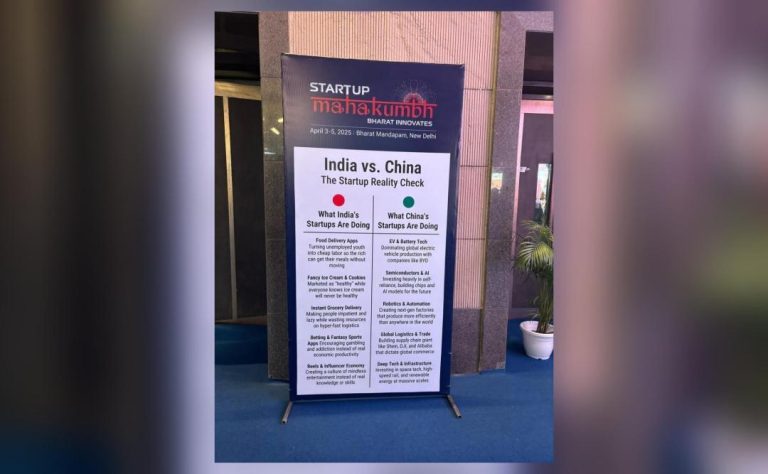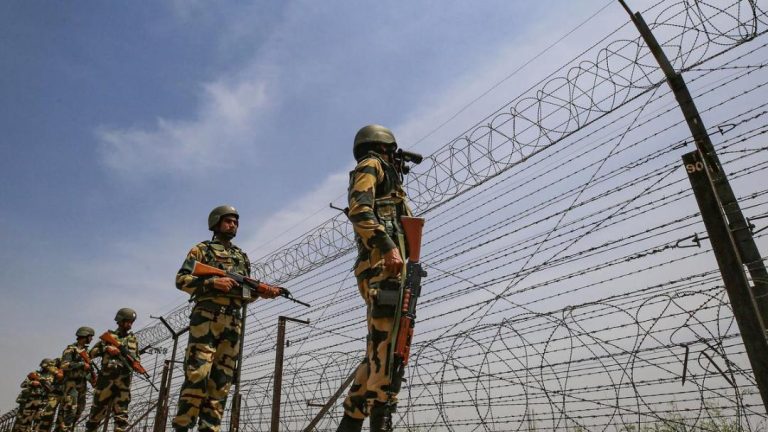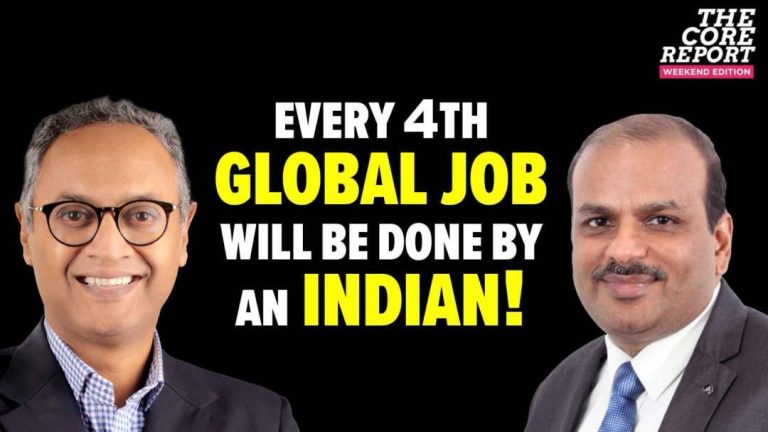
Trump’s Tariffs Test Global Trade—Can India Lead Reform?
The global trade landscape has undergone a significant transformation since Donald Trump took office as the 45th President of the United States. Trump’s sweeping tariffs have disrupted traditional trade norms, sending shockwaves across the globe. India, in particular, has been severely impacted, with a 26% duty imposed on its goods. As the world grapples with the implications of this protectionist approach, a crucial question arises: can India lead the charge in rebuilding a fairer, rules-based global trading system?
The Trump tariff onslaught has been nothing short of devastating. From steel and aluminum to automobiles and agricultural products, the list of targeted goods is staggering. The tariffs have taken a significant toll on international trade, with the World Trade Organization (WTO) warning that the global economy could lose up to $3.8 trillion in trade by 2023. The impact on India has been particularly severe, with the Confederation of Indian Industry (CII) estimating that the tariffs could lead to a 2-3% reduction in India’s GDP growth rate.
But amidst the chaos and uncertainty, a glimmer of hope emerges. As the WTO weakens and protectionism rises, the moment may be ripe for emerging economies like India to take the reins and lead the charge in rebuilding a fairer global trading system. Rather than simply retaliating against Trump’s tariffs through tit-for-tat measures, India could seize the opportunity to promote a more balanced and inclusive trade regime.
One of the key challenges facing India is the need to balance its desire for economic growth with the risks associated with retaliation. The services sector is a vital driver of India’s economy, accounting for over 60% of its GDP. Any significant retaliation against Trump’s tariffs could have a disproportionate impact on this sector, potentially leading to job losses and economic instability.
However, India could also use this moment to push for reforms that would benefit its economy in the long run. For instance, the country could use its leadership role in the G20 and the BRICS (Brazil, Russia, India, China, and South Africa) bloc to promote greater cooperation and understanding between nations. By fostering a spirit of cooperation and dialogue, India could help to reduce tensions and promote a more stable global trading environment.
Another crucial area where India could take the lead is in promoting trade facilitation and simplification. The World Customs Organization (WCO) estimates that trade facilitation can reduce trade costs by up to 30%, making it a critical component of any efforts to promote global trade. India has already made significant strides in this area, with the introduction of the Goods and Services Tax (GST) and the Simplification of Trade Compliance (STC) initiative. By building on these successes, India could help to create a more efficient and streamlined global trading system.
India could also use its leadership role to promote greater transparency and accountability in global trade. The country has been at the forefront of efforts to promote transparency in international trade, with the introduction of the Trade Facilitation Agreement (TFA) and the GST. By building on these initiatives, India could help to create a more transparent and accountable global trading system, where nations are held accountable for their actions and decisions.
In conclusion, Trump’s tariffs have presented India with a significant challenge, but also an opportunity. Rather than simply retaliating against the tariffs, India could use its leadership role to promote a more balanced and inclusive global trading system. By building on its successes in trade facilitation, transparency, and cooperation, India could help to create a more stable and prosperous global economy. The question is, will India seize this moment and take the lead in rebuilding a fairer global trading system?
Source:






